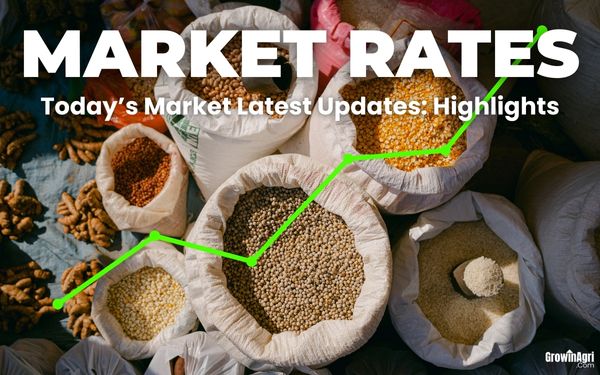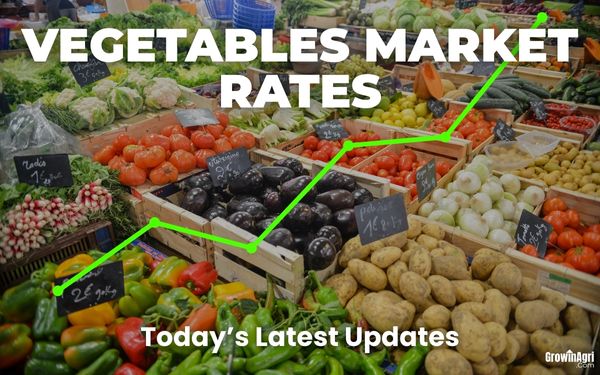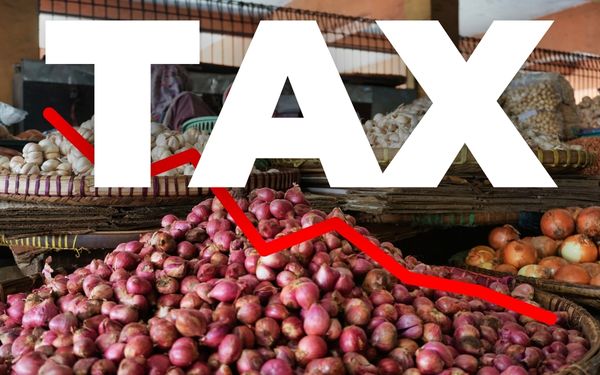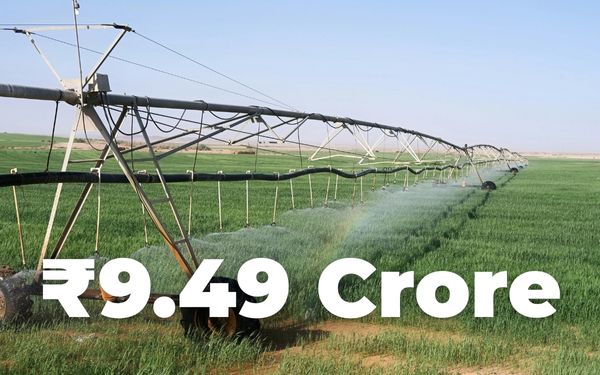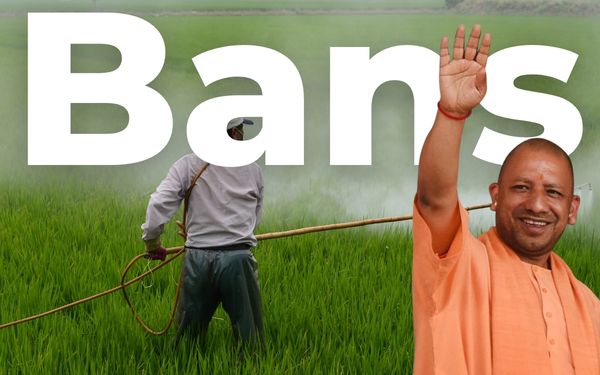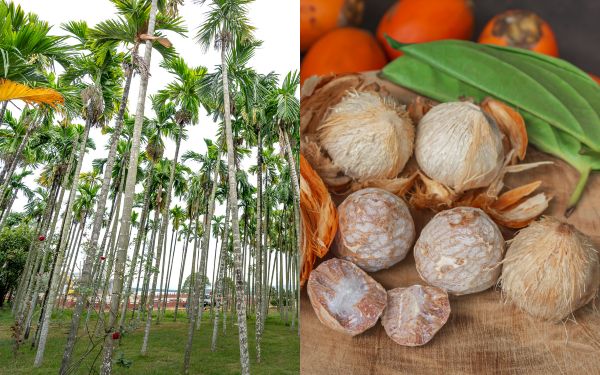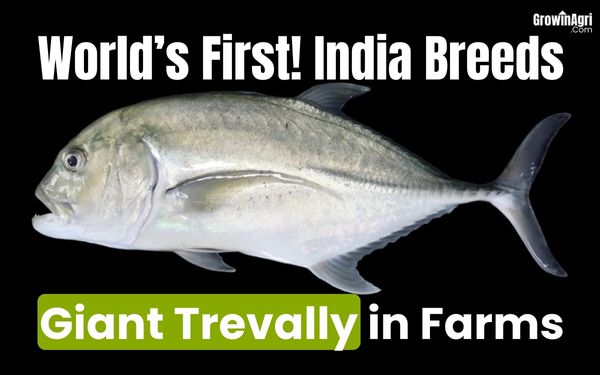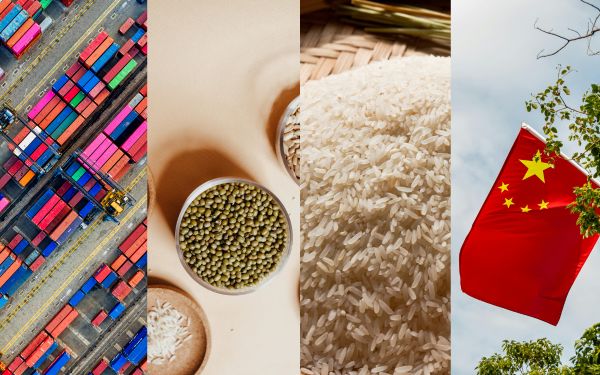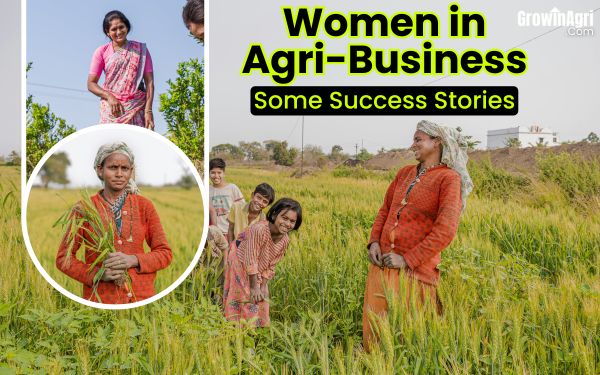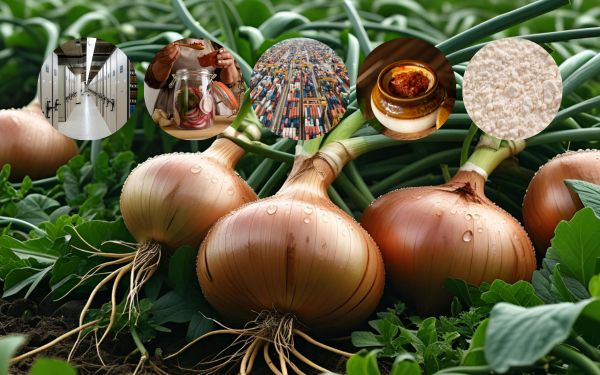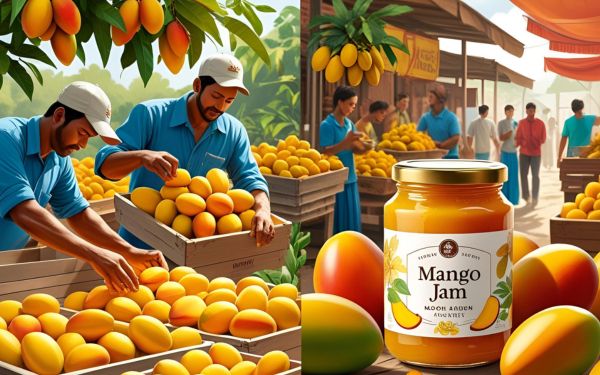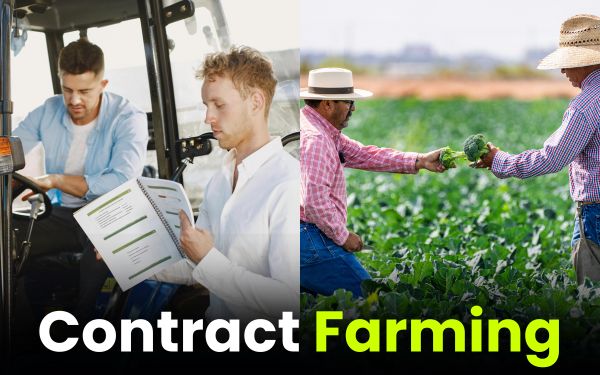Export businesses are highly profitable nowadays, especially in the agricultural sector, as India boasts a wide diversity of agricultural products due to its diverse geographical conditions.
So, here’s a basic guide for those who want to start an agricultural export business.
Crops for Export from India and Their Demand
There is a wide variety of crops in India that are in high demand in foreign countries. Hence, as an exporter in the agricultural sector, you will have a variety of options for export.
But one thing to keep in mind is that you should choose a crop in which you have expertise; even if you don’t, then gain knowledge and expertise on the crop.
Cereals and Grains
Rice has different varieties, and the demand for each variety varies from country to country. India is the world’s largest exporter of Basmati rice; they are sold at higher prices as compared to other varieties of rice.
Wheat – countries like Indonesia, the Philippines, and UAE are the main importers of wheat from India.
Fruits and Vegetables
Fruits like mango, banana, grapes, pomegranate etc. are exported from India, and they are in high demand from countries like the USA, UK, Netherlands, Russia, UAE etc.
Vegetables like onions, potatoes, okra, tomatoes, and moringa are a few examples of vegetables that are highly popular in countries like Bangladesh, Malaysia, Nepal, Maldives, UAE etc.
One thing you need to keep in mind while exporting these goods is that all these products are perishable, which makes them difficult to transport. You need cold storage, which is expensive, and the export window of perishable goods is really narrow.
Also, there are certain standards and quality checks for these goods according to different countries, so you need to keep exporting accordingly.
Pulses, Legumes and Spices
Pulses and legumes like chickpeas, green gram, and black gram are highly popular among countries like Nepal, UAE, Sri Lanka, Algeria etc. These are gaining popularity, and these goods are easy to export as they don’t need extra care for handling as compared to perishable goods. But again, you need quality assurance and checkup.
Spices like turmeric, cumin, chili (Guntur chili), cardamom, and black pepper are again some popular examples that are in demand in countries like the USA, China, Vietnam, Germany, UK, UAE etc.
They are easy to transport and have been popular among countries, and the market is huge.
Oilseeds and Nuts
Seeds like groundnuts, sesame seeds, cashew nuts etc. are in demand in countries like Europe, the USA, Japan, and Korea. They can be sold as oil or nuts in general, according to the demand.
Rules and Regulations for Export Businesses in India
Basic Requirements
Some of the basic registrations that are mandatory are:
Import-Export Code (IEC)
It is mandatory as it is needed for any import/export activity, and it is issued by the Directorate General of Foreign Trade (DGFT).
APEDA Registration
Agricultural and Processed Food Product Export Development Authority (APEDA) registration is mandatory for exporting any agricultural products such as fruits, vegetables, meat, dairy products etc. Under this, you will also get access to export promotion schemes, subsidies etc.
Prior to that, you need to have your own company registered with the government and also a digital presence, as this will help you to gain the trust of buyers.
Quality Safety Registrations
FSSAI License
Food Safety and Standards Authority of India (FSSAI) – This license is necessary if you want to sell processed or packaged food, as this license ensures that your food’s quality is approved by FSSAI, thus guaranteeing that your food is under safety standards.
Phytosanitary Certificate (PSC)
The Plant Quarantine Department issues this certificate, ensuring that your product is pest and disease-free. It is especially required for fresh fruits, vegetables, grains etc.
Certificate of Origin
This certification ensures that your goods or products originate in India for preferential tariff benefits. Issued by export promotion councils and chambers of commerce.
This is necessary as without this, export and import business isn’t possible, as it will be difficult to gain buyers’ trust.
Conclusion and a Few Tips
Above are all the necessary details that will help you to kick-start your export business.
You need to have good knowledge of products and necessary details of the product which you want to sell. Usually, choose this product according to the market demand.
Connect with the buyers through LinkedIn or through the Indian embassy in your targeted country.
You will get help and support from the Government of India, but make sure to take precise and calculated steps while doing any business.


